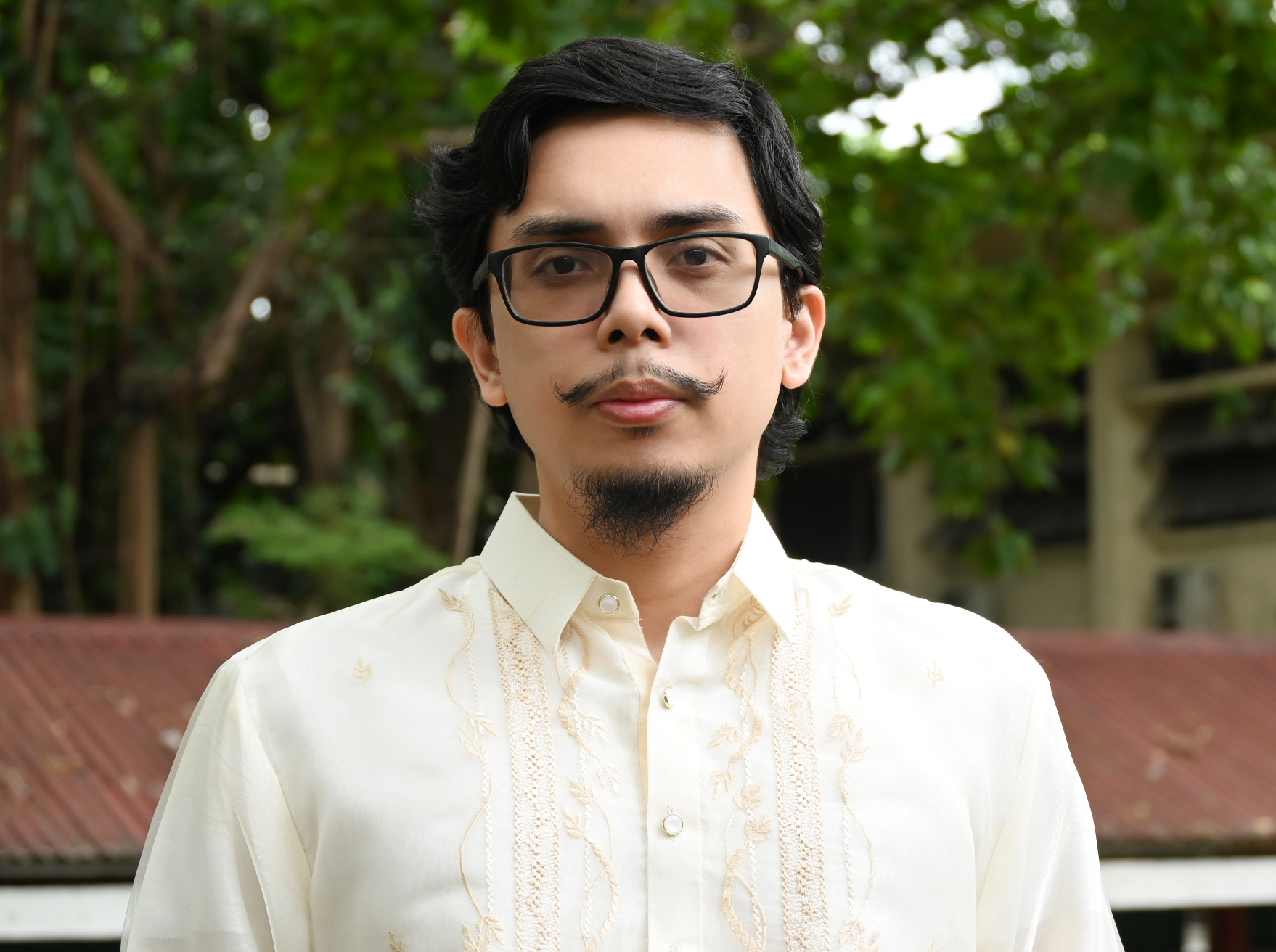Surviving Obscurity: An Inquiry into the Malisbong Massacre (1974–2013)
The Marcos Years: The Age of Crisis and Repression
In 2013, the Philippine government officially recognized that the regime of Ferdinand Marcos Sr. perpetrated human rights violations between 1972 and 1986. With the passage of Republic Act (RA) No. 10368, the state established a Human Rights Victims’ Claims Board (HRVCB) to identify and provide monetary reparations to victims of human rights violations from the period. Despite this, however, former senator and Marcos’s defense minister Juan Ponce Enrile insisted that no person was massacred under the same administration. Articles from multiple news outlets countered Enrile’s statement by citing the 1974 Malisbong Massacre.3 The incident, frequently invoked by representatives of the Moro Islamic Liberation Front (MILF)4 and acknowledged by the Commission on Human Rights (CHR) in 2014,5 is said to have caused the deaths of around 1,500 Muslim men.6 Now, another Ferdinand Marcos has become president on the basis of his father’s legacy—one who has yet to address the Marcos regime’s accountability for corruption and human rights violations. In contemplating this, I ask: how does a nation build a comprehensive truth that reckons with its past and truly reconcile with it? I therefore attempted an inquiry into the Malisbong Massacre, now also known as the Palimbang Massacre, which was formally recognized by a joint resolution of the CHR and the Municipality of Palimbang in 2019.7 With data from the HRVCB slowly being made public, new research possibilities on martial law history appear. The timing is all the more important with the ongoing transition process of the Bangsamoro Autonomous Region in Muslim Mindanao (BARMM).8 Greater attention to this part of Philippine history ought to aid in the reconciliation of the land’s tenuous past, and enlighten readers on questions of documenting and memorializing mass killings.
Faculty Involved:

Lorenzo Jose C. Martinez
Teaching Associate
Focus: The Marcos Regime, Media, Mindanao-Bangsamoro, Human Rights



